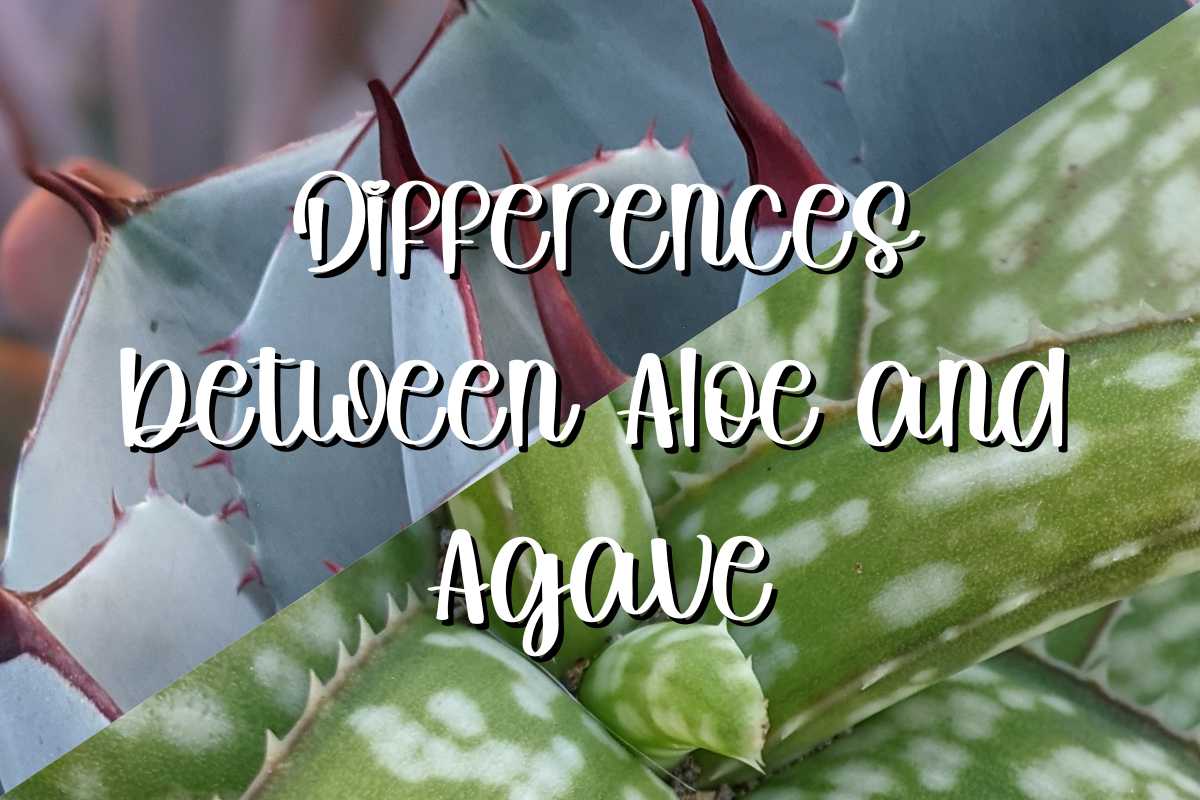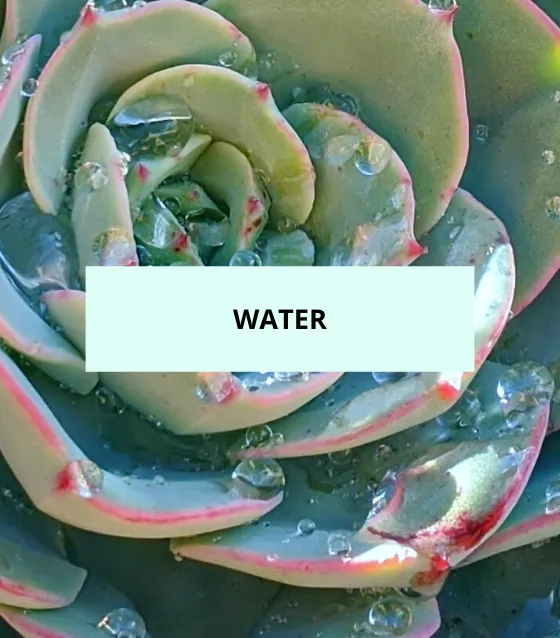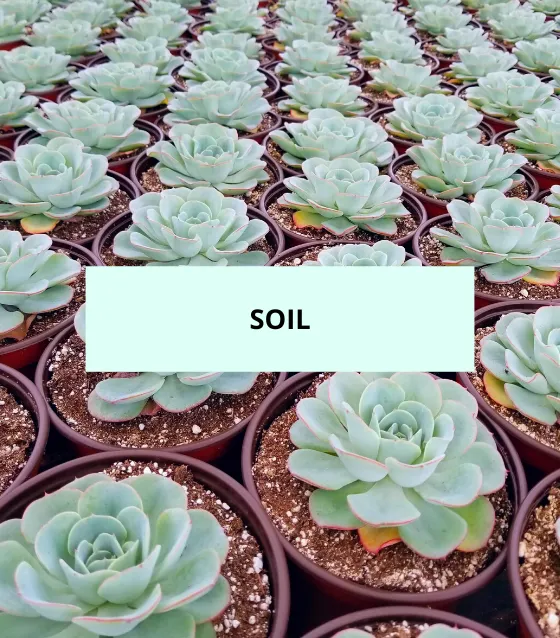Are you baffled by the similarities between agave and aloe plants? You’re not alone! These two plants can indeed look very similar, but they have distinct characteristics that set them apart. In this comprehensive guide, we’ll explore the differences between agave and aloe, how to identify them, and their various uses.
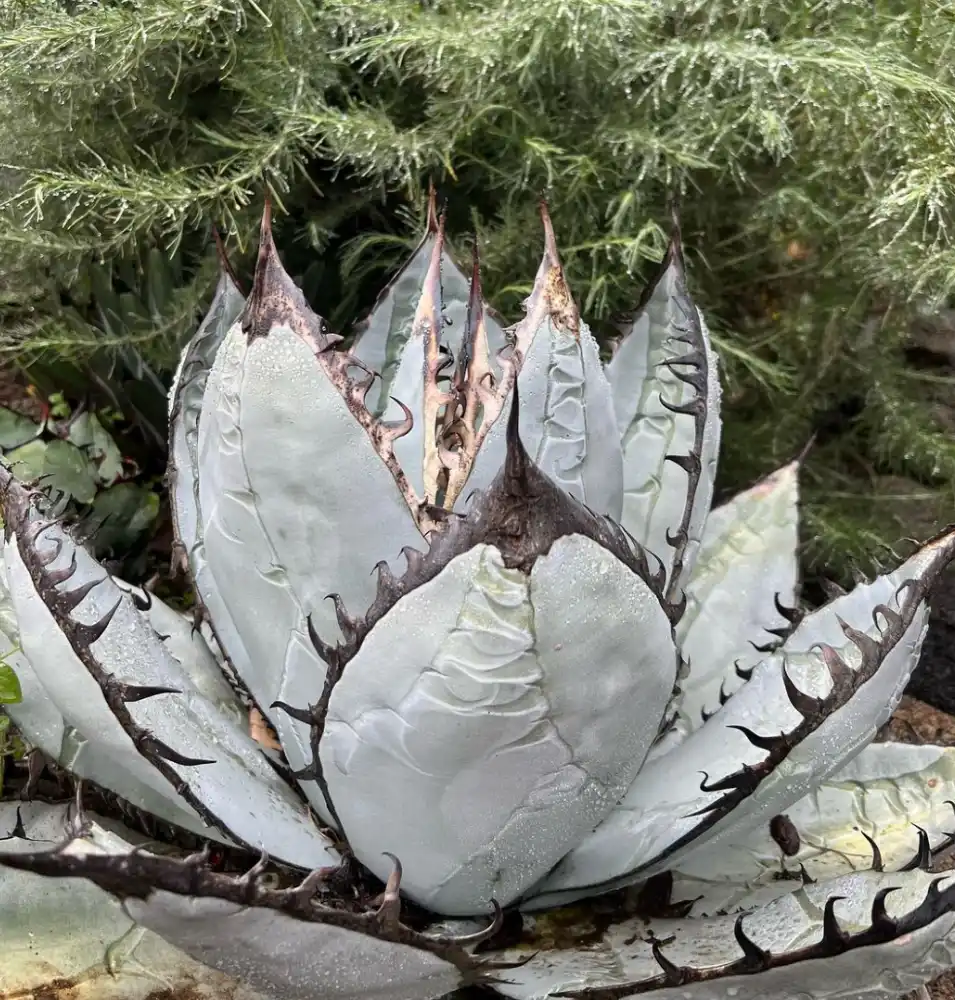
Dig in!
Agave Overview
Appearance
Agave plants are succulents native to the Americas, particularly Mexico and the southwestern United States. They come in various sizes and shapes, with some species reaching up to 20 feet in height. Agave leaves are thick, fleshy, and usually have a sharp point at the end, with spines along the margins.
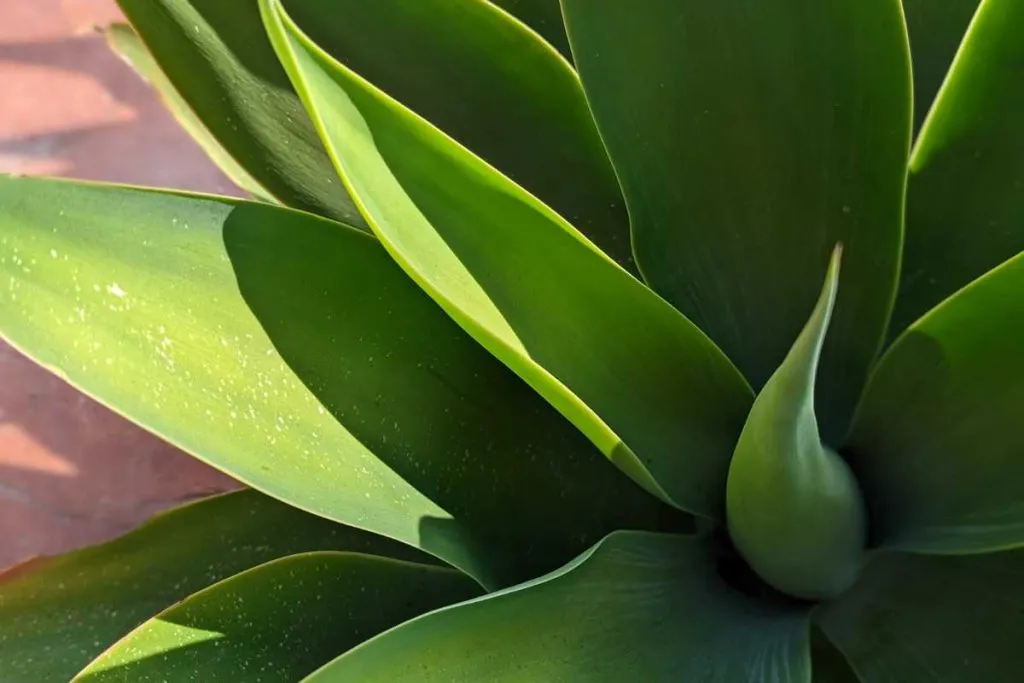
Uses
Agave plants have a wide range of uses, from ornamental landscaping to the production of sweeteners and alcoholic beverages like tequila and mezcal.
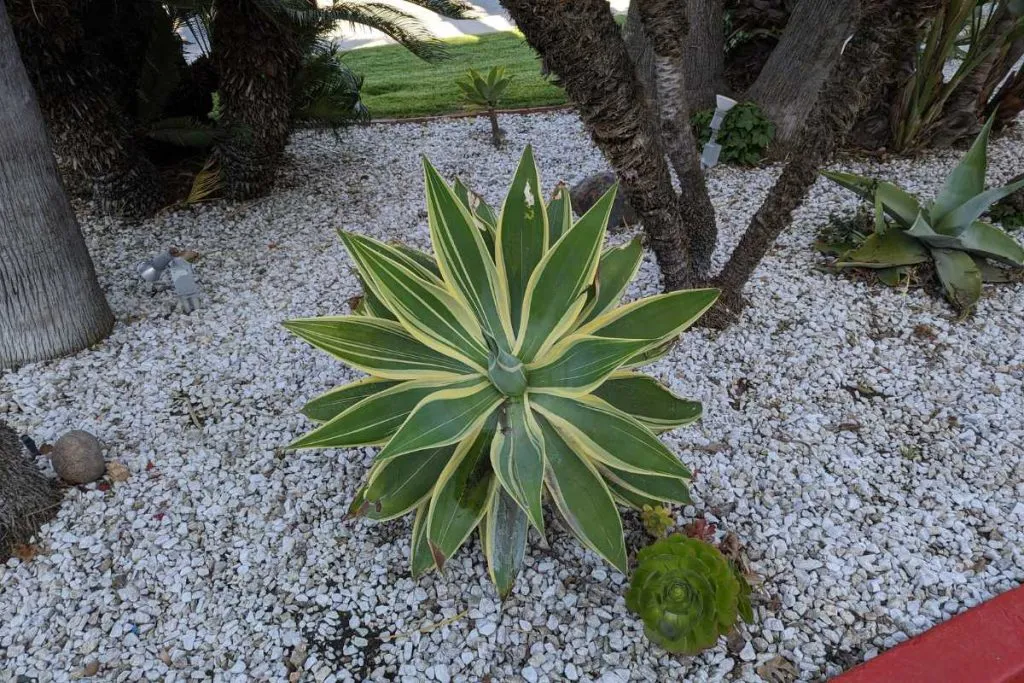
Varieties
There are over 200 species of agave, with some of the most popular varieties being Agave americana, Agave tequilana, and Agave parryi.
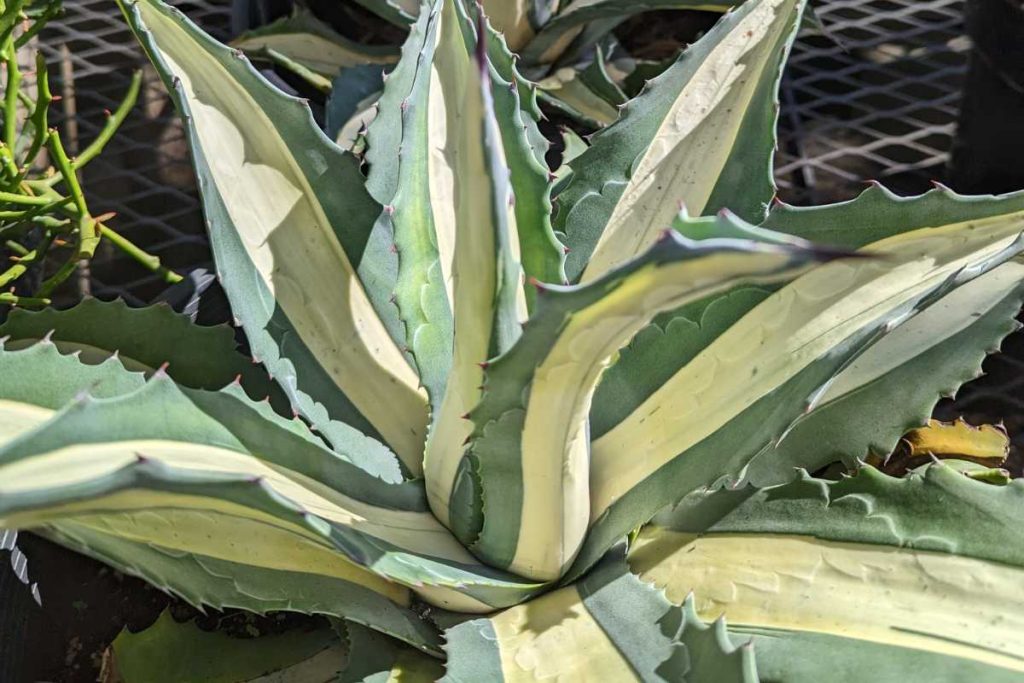
Aloe Overview
Appearance
Aloe plants are also succulents, native to Africa, Arabia, and Madagascar. Aloe leaves are generally more slender, flexible, and have a smoother edge compared to agave leaves. The most recognized aloe species is Aloe vera, known for its medicinal properties.
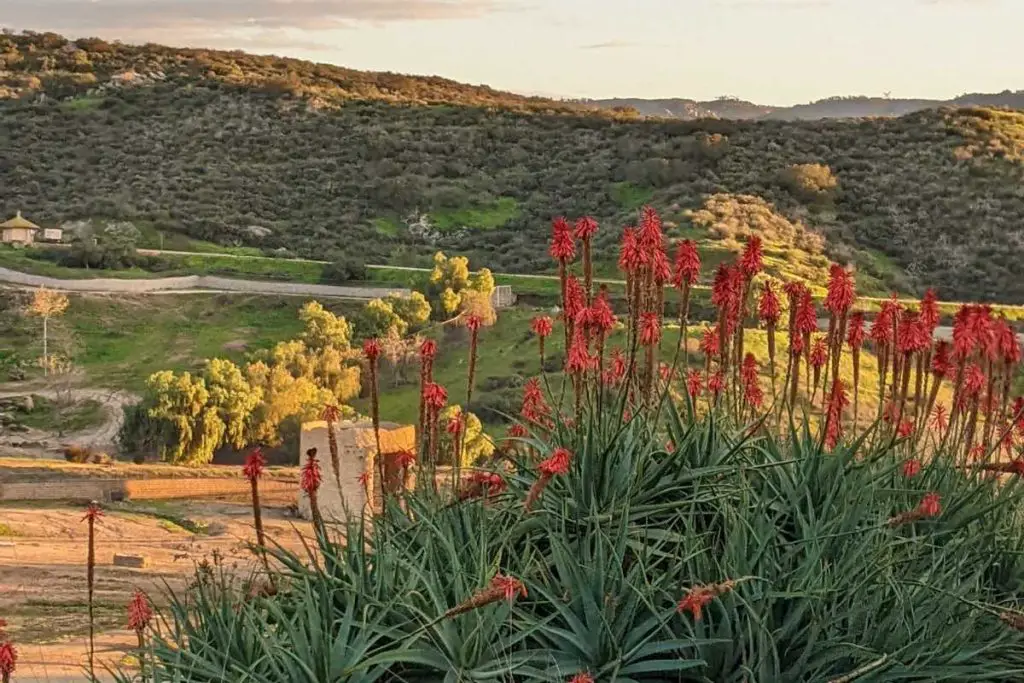
Uses
Aloe plants have been used for thousands of years for their medicinal, cosmetic, and ornamental purposes.
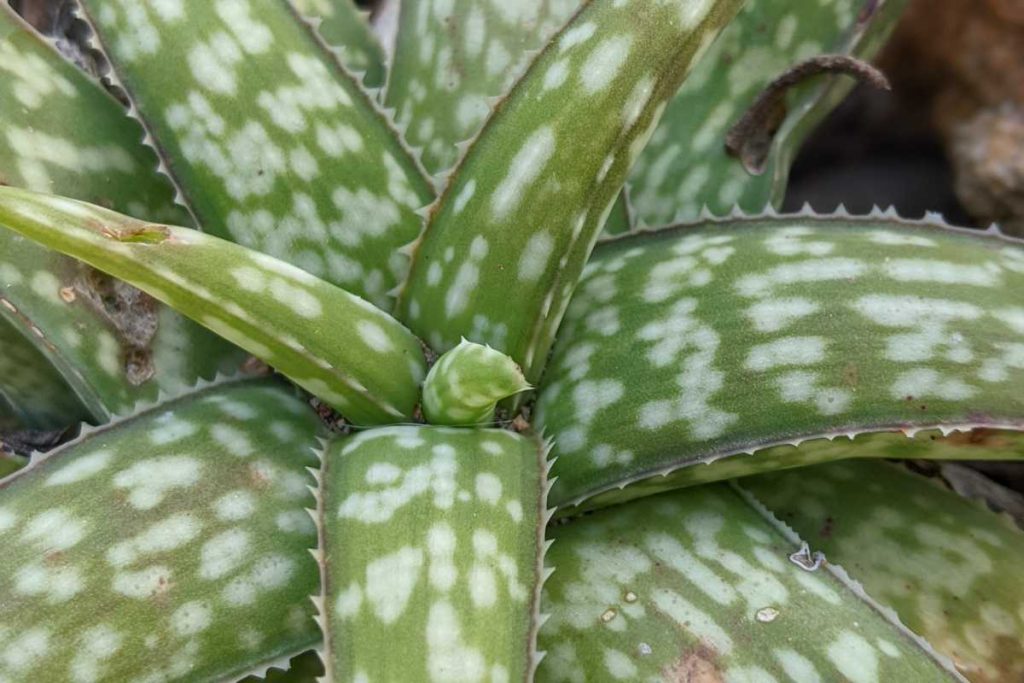
Varieties
There are over 500 species of aloe, with Aloe vera being the most well-known and widely cultivated.
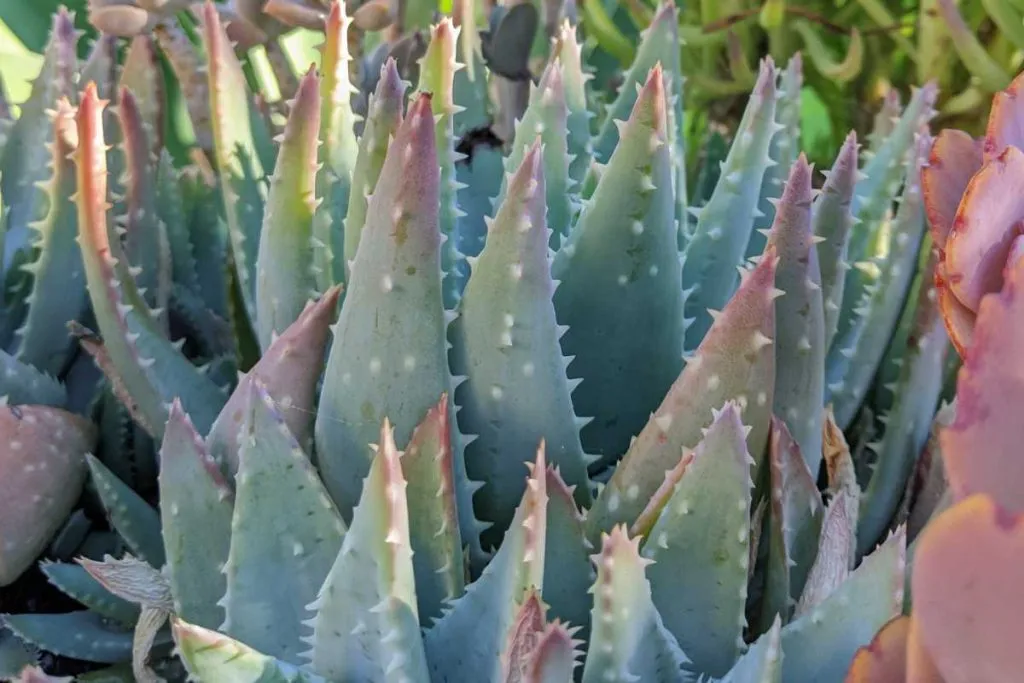
Identifying Features: Agave vs. Aloe
Leaf Structure
To differentiate between agave and aloe plants, observe the leaf structure. Agave leaves are generally thicker and more rigid, with sharp spines along the edges, while aloe leaves are softer, more flexible, and have smooth or only slightly toothed margins.
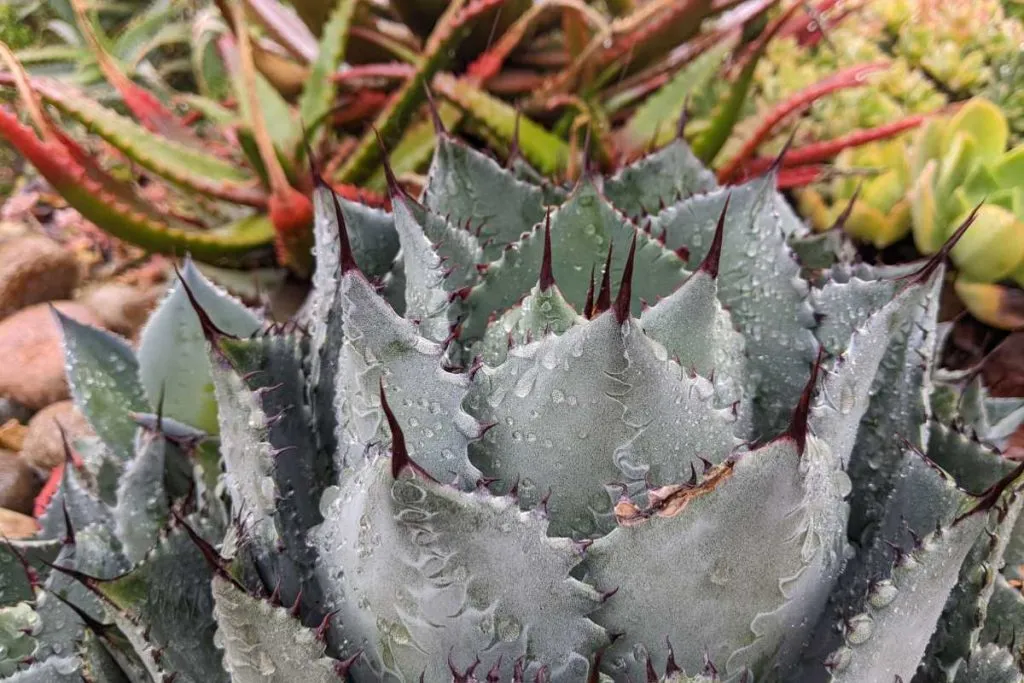
Flowering Patterns
Agave plants are monocarpic, meaning they flower only once in their lifetime, after which the plant dies. Aloe plants, on the other hand, can flower multiple times throughout their lives.
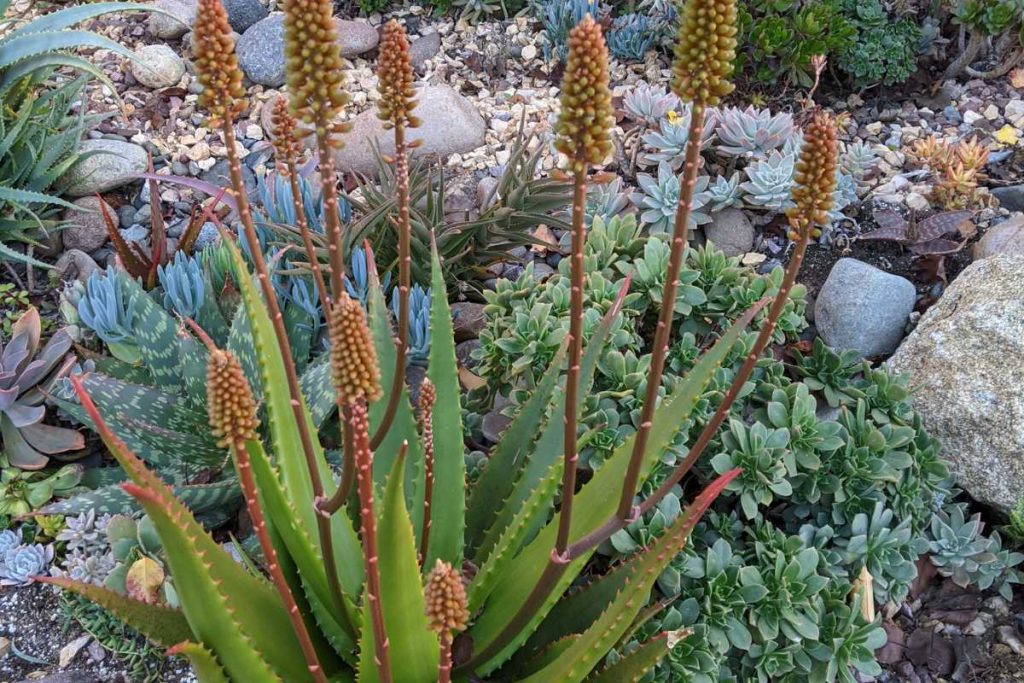
Growth Habits
Agave plants tend to grow in a rosette pattern, while aloe plants typically have a more irregular growth habit.
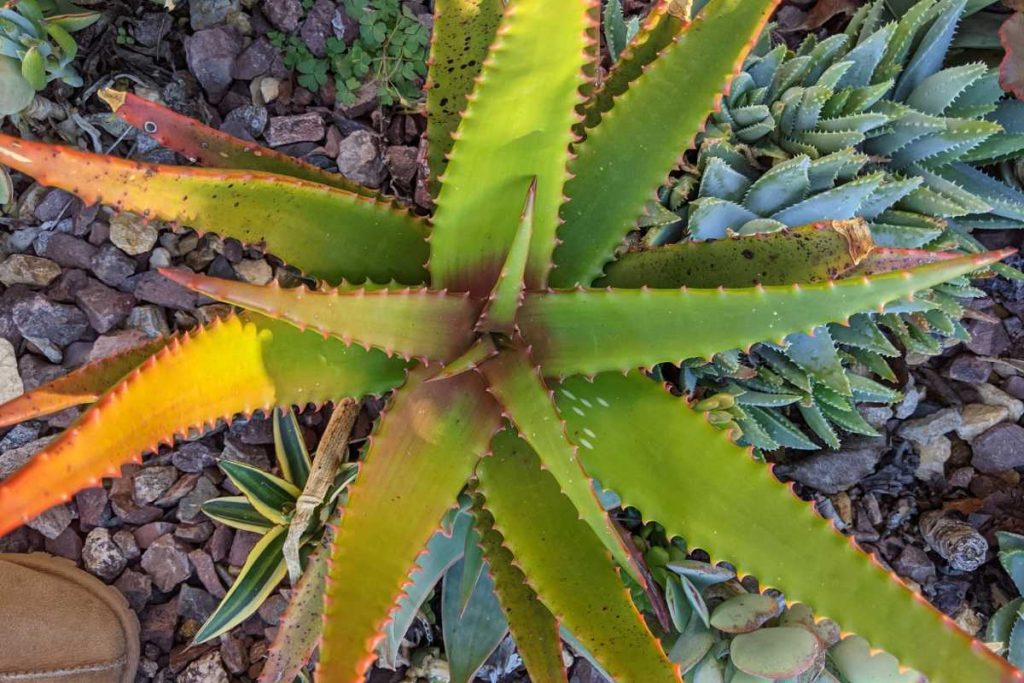
Cultivating Agave and Aloe
Ideal Growing Conditions
Both agave and aloe plants thrive in warm, sunny climates and can tolerate some degree of drought. However, they are not frost-tolerant and should be protected from freezing temperatures.
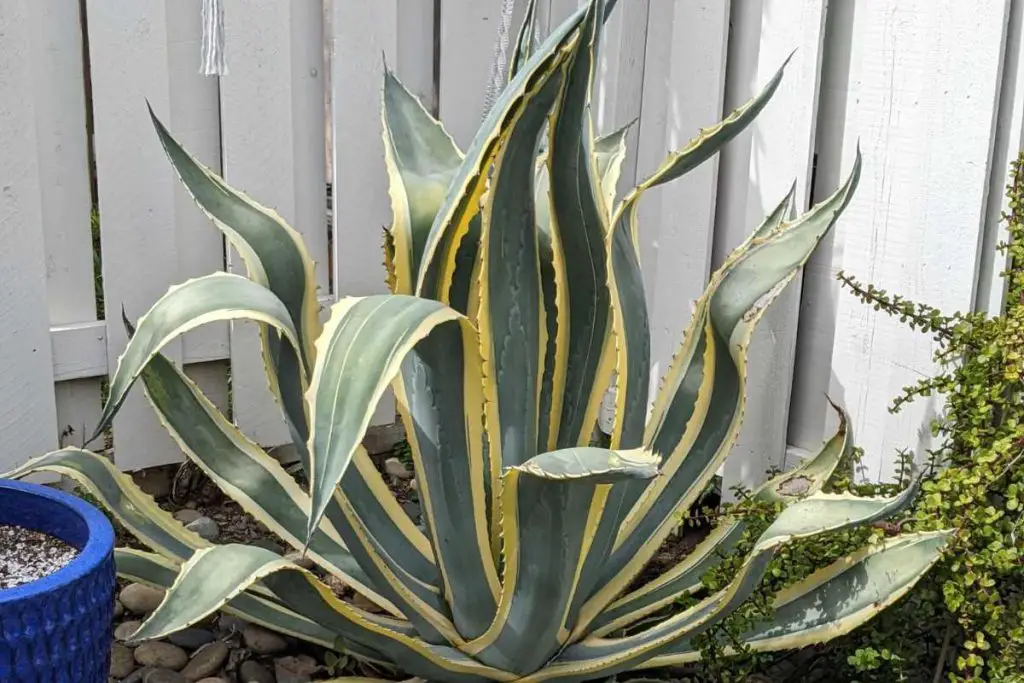
Soil Requirements
Agave and aloe plants prefer well-draining soil, with a mix of sand, loam, and perlite being ideal.

Watering Guidelines
Both plants require moderate watering, with a thorough soaking followed by a period of drying out between waterings.
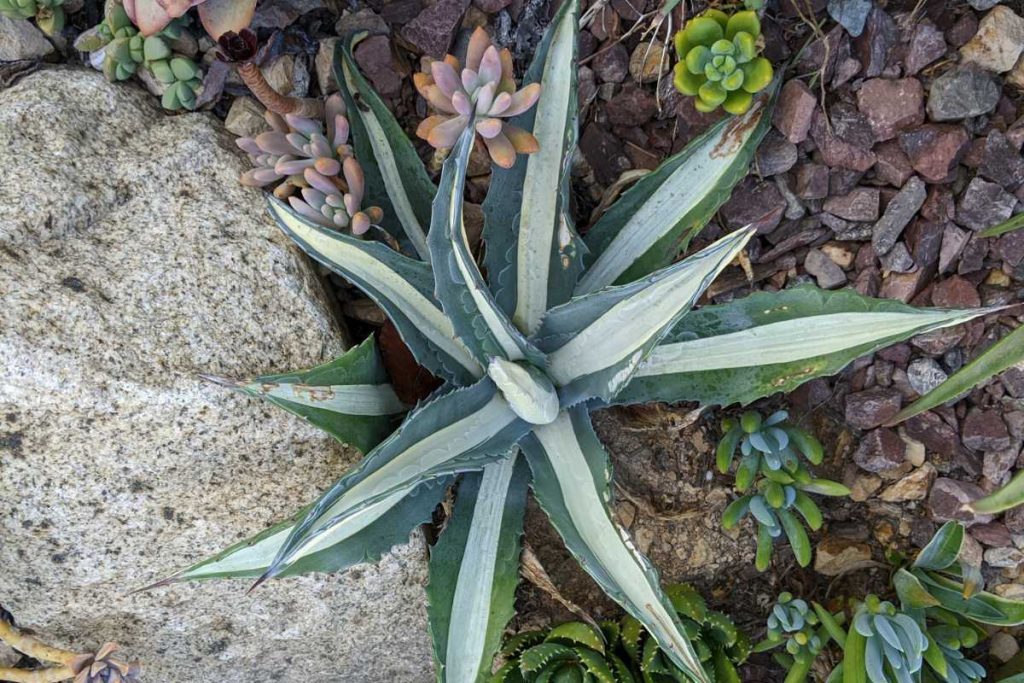
Medicinal and Health Benefits
Agave Benefits
Agave syrup, derived from the sap of the plant, is often used as a natural sweetener. It has a lower glycemic index than sugar, making it a popular alternative for diabetics.
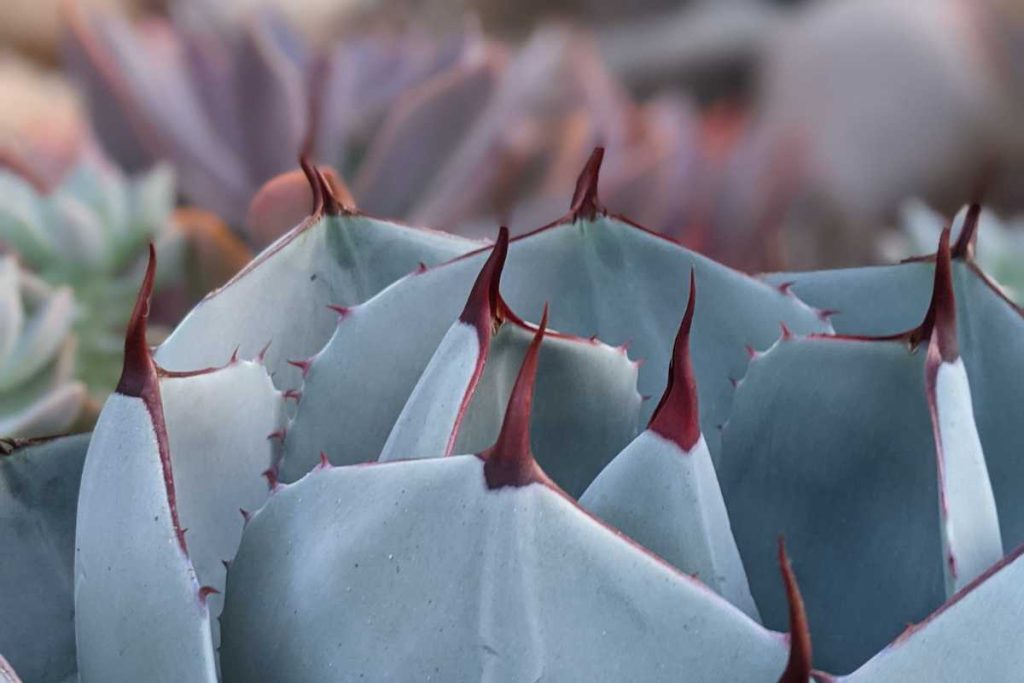
Aloe Benefits
Aloe vera gel has long been used to soothe and heal minor skin irritations, burns, and cuts. Aloe can also aid digestion and boost the immune system when ingested.
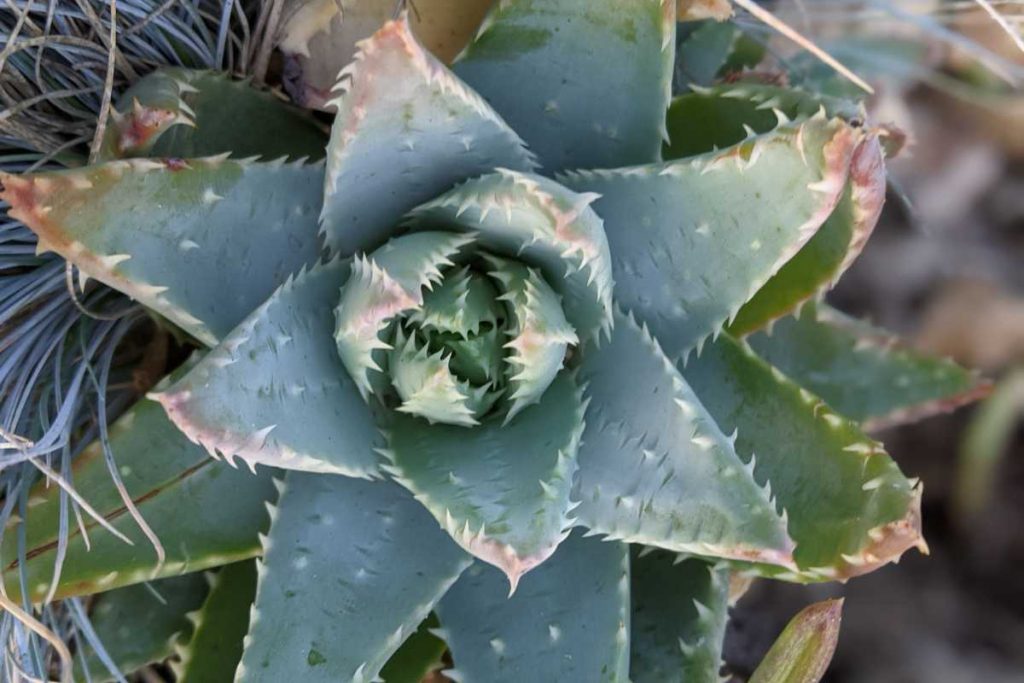
Culinary Uses
Agave Syrup
Agave syrup is a versatile sweetener that can be used in place of sugar in recipes, beverages, and baked goods.
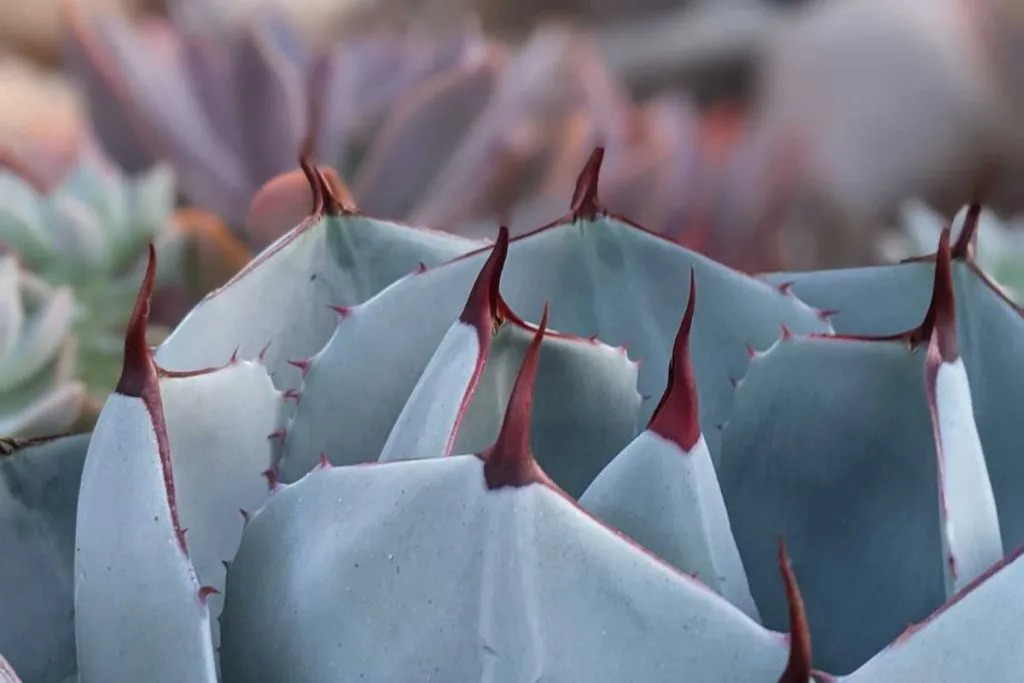
Aloe Vera Gel
Aloe vera gel can be consumed in small amounts to promote digestive health and boost the immunesystem. It’s often found in health drinks and smoothies.
Practical Uses
Agave Fiber
Agave plants produce a strong fiber known as sisal, which can be used to make ropes, mats, and textiles.
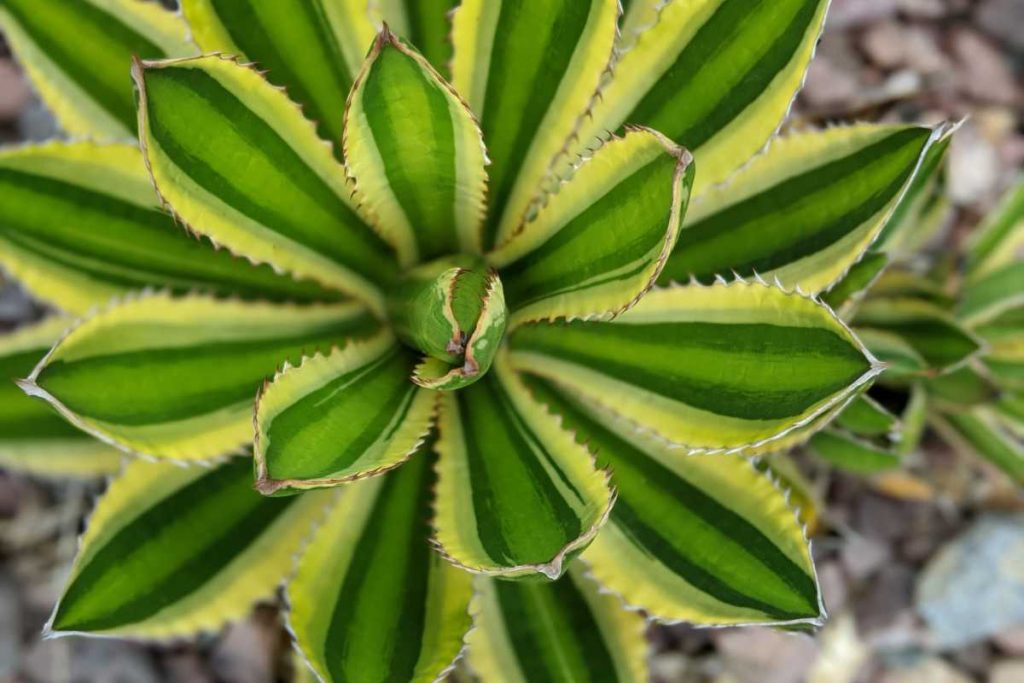
Aloe Vera in Cosmetics
Aloe vera is a popular ingredient in skincare and cosmetic products, thanks to its soothing and moisturizing properties.
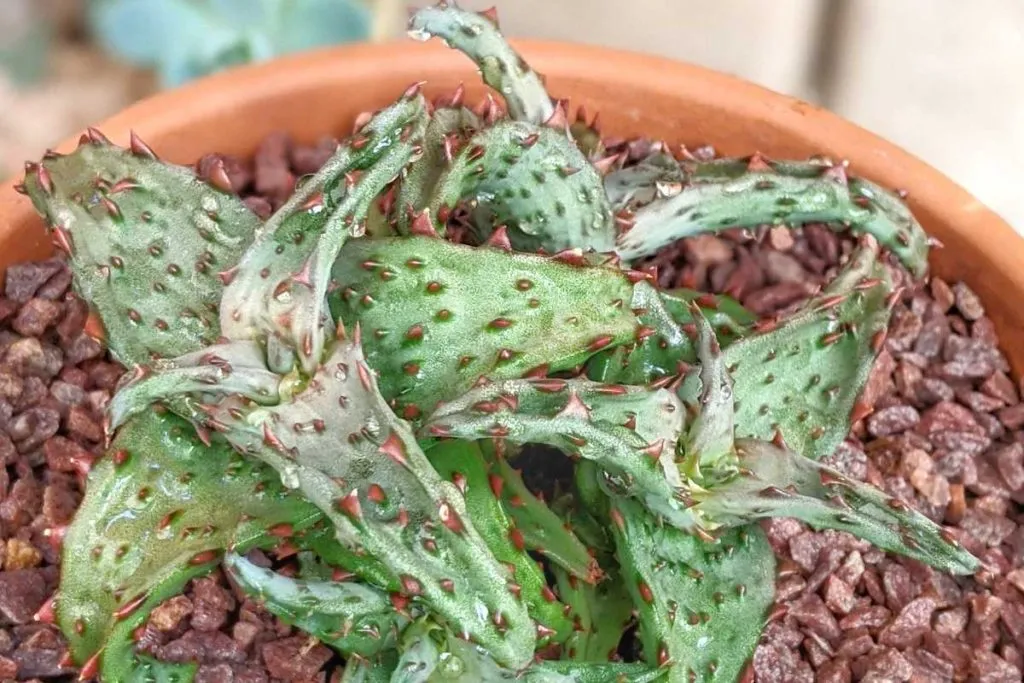
Potential Dangers and Precautions
Agave Plants
Some agave species have sharp spines and points that can cause injury if not handled carefully. Additionally, the sap from certain agave plants can cause skin irritation in some individuals.
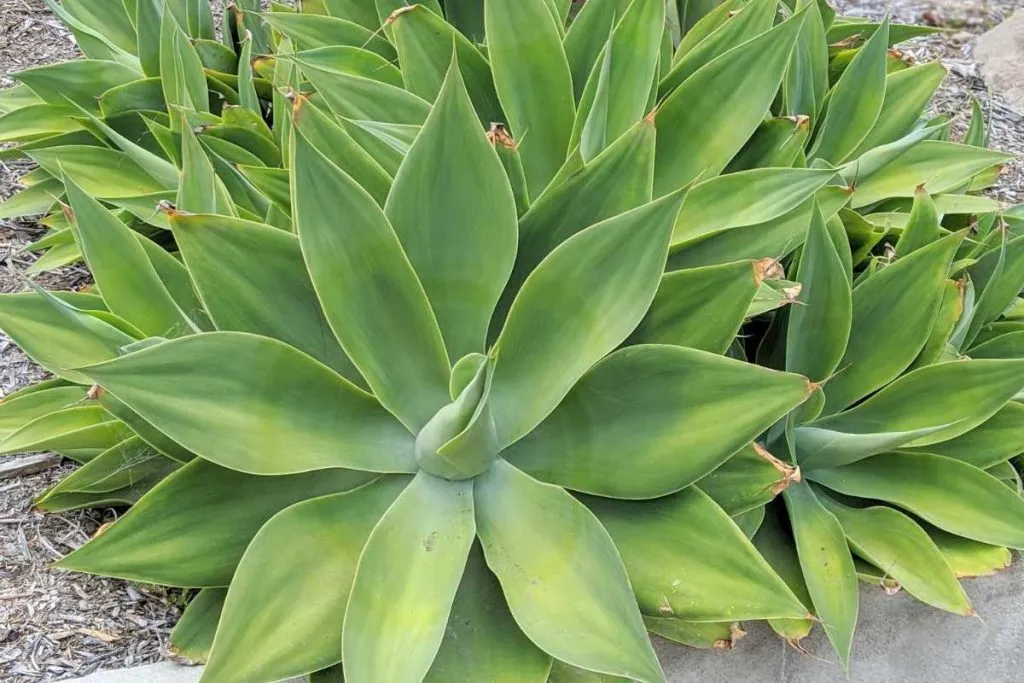
Aloe Plants
While most aloe species are safe to use, some can be toxic if ingested. It’s essential to properly identify the aloe plant before using it for medicinal purposes.
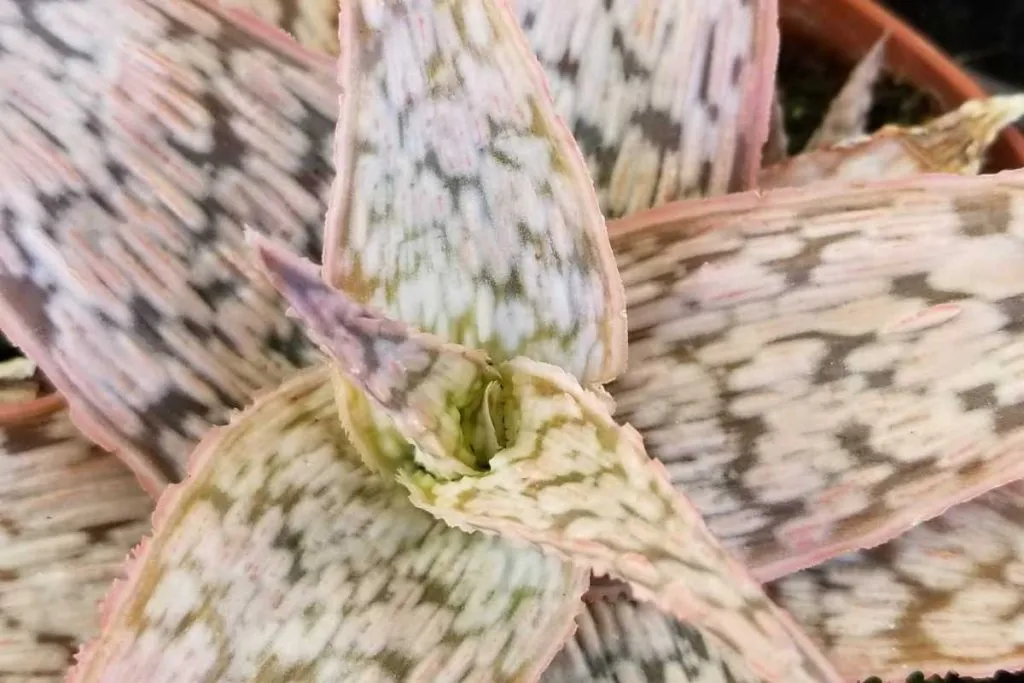

Although agave and aloe plants may look similar at first glance, their distinct characteristics and uses set them apart. By observing their leaf structure, flowering patterns, and growth habits, you can confidently tell the difference between these two fascinating succulents. Whether you’re growing them for their ornamental beauty or their practical uses, both agave and aloe plants make unique and valuable additions to your garden or home.
Frequently Asked Questions
- Can you use agave and aloe plants interchangeably?
No, agave and aloe plants have different properties and uses. While both are succulents, they come from different plant families and should not be used interchangeably.
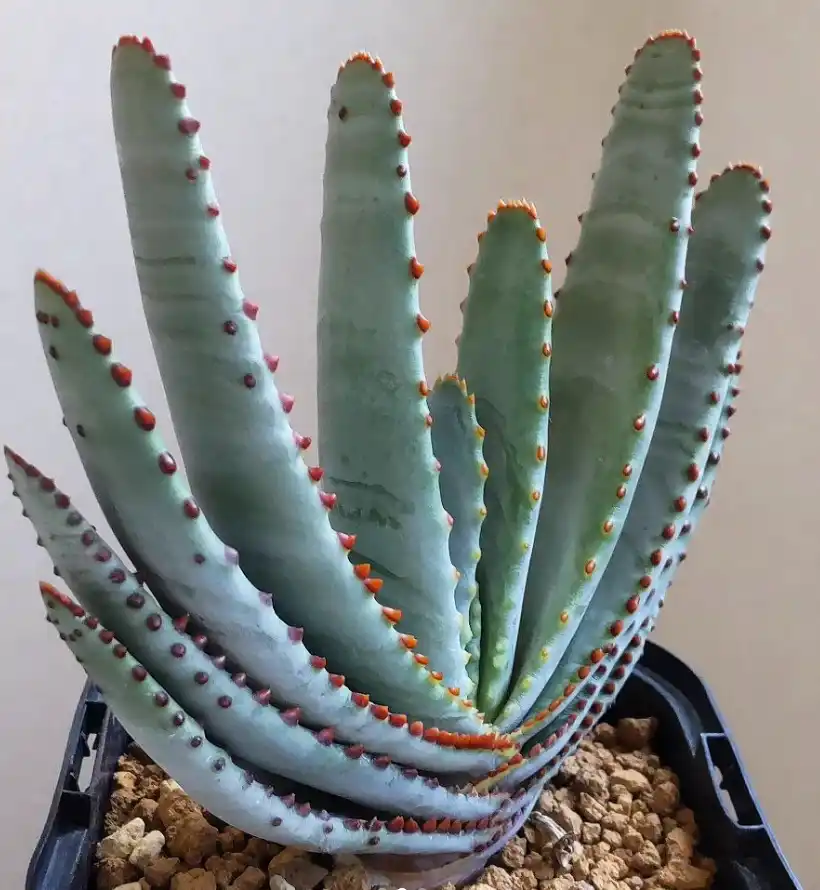
- Is agave syrup a healthier alternative to sugar?
Agave syrup has a lower glycemic index than sugar, which means it causes a slower rise in blood sugar levels. However, it’s still high in calories and should be consumed in moderation.
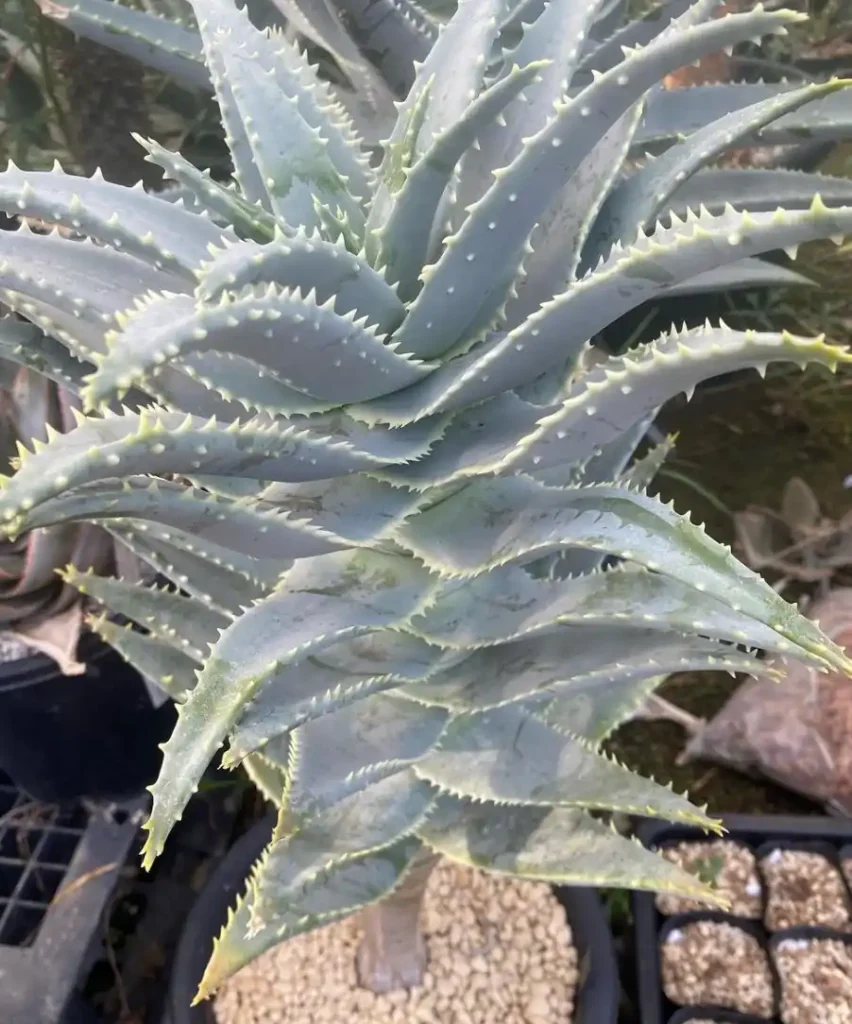
- Can I use aloe vera gel on my pets?
Aloe vera gel can be used to soothe minor skin irritations and wounds on pets. However, it’s essential to make sure they don’t ingest the gel, as it can be toxic to animals.
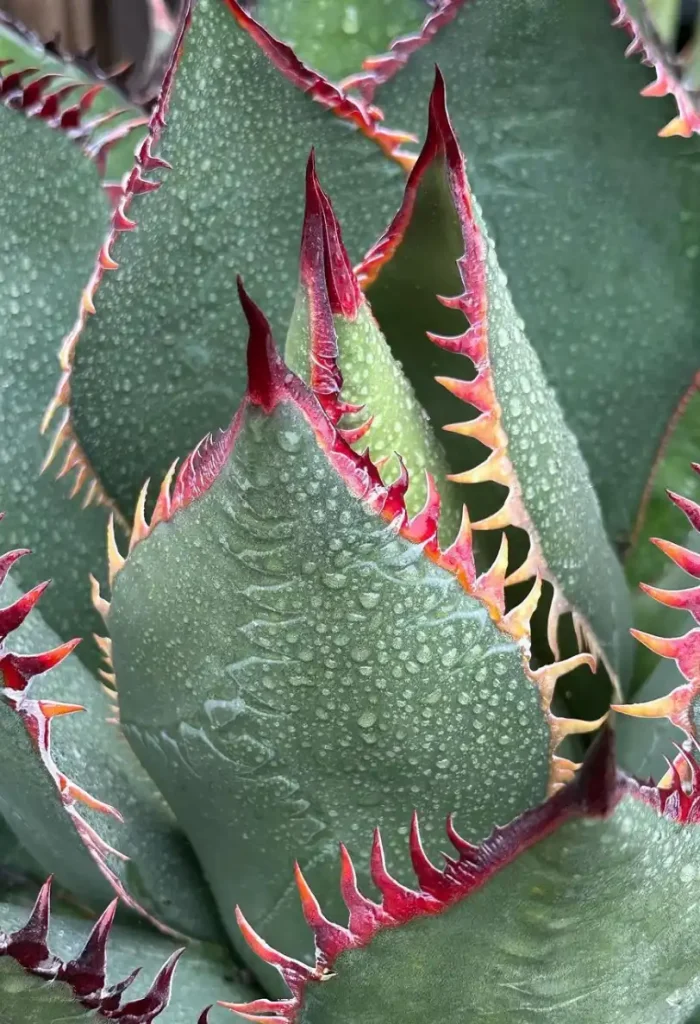
- Do agave and aloe plants need a lot of sunlight?
Both agave and aloe plants thrive in sunny environments. They can tolerate some partial shade, but for optimal growth, they should be placed in a location that receives at least 6 hours of sunlight per day. - How often should I water my agave or aloe plant?
Watering frequency for agave and aloe plants depends on factors such as the size of the plant, the size of the container, and the environment. In general, water thoroughly when the soil is dry, allowing it to dry out between waterings.

Where to Buy Succulents Online

